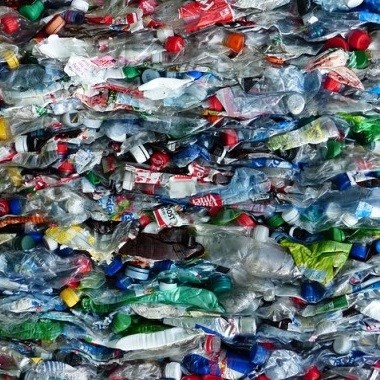
Worldwide China is the primary market for recycled mix-use plastic and other recycled materials because of it is the primary producer of plastics goods.
For the US and the world, there are several things that will change as the ban takes shape and moves forward.
- There is currently a backlog of consumer plastics that needs to be processed. This should spur the creation of additional sorting and washing facilities to turn the plastics into usable plastic for the us and to be shipped back to China. This hinges on resin prices rising to a place where recycling makes sense.
- Municipalities will explore more regulation similar to the plastic bag bans centered on disposable plastics. Packaging and single use items will need to be made with as little plastic as possible. Several European countries already have similar regulation, but we feel it will happen more organically in the US.
- Municipalities tend to allow consumers to put all their recycling materials in on container without sorting, but this leads to additional costs. The benefits of having more contaminated plastics vs. less, but more usable will need to be weighed.
- We expect machinery related to plastics sorting, washing and recycling to be strong as the ban forces us to do our own "dirty work."
